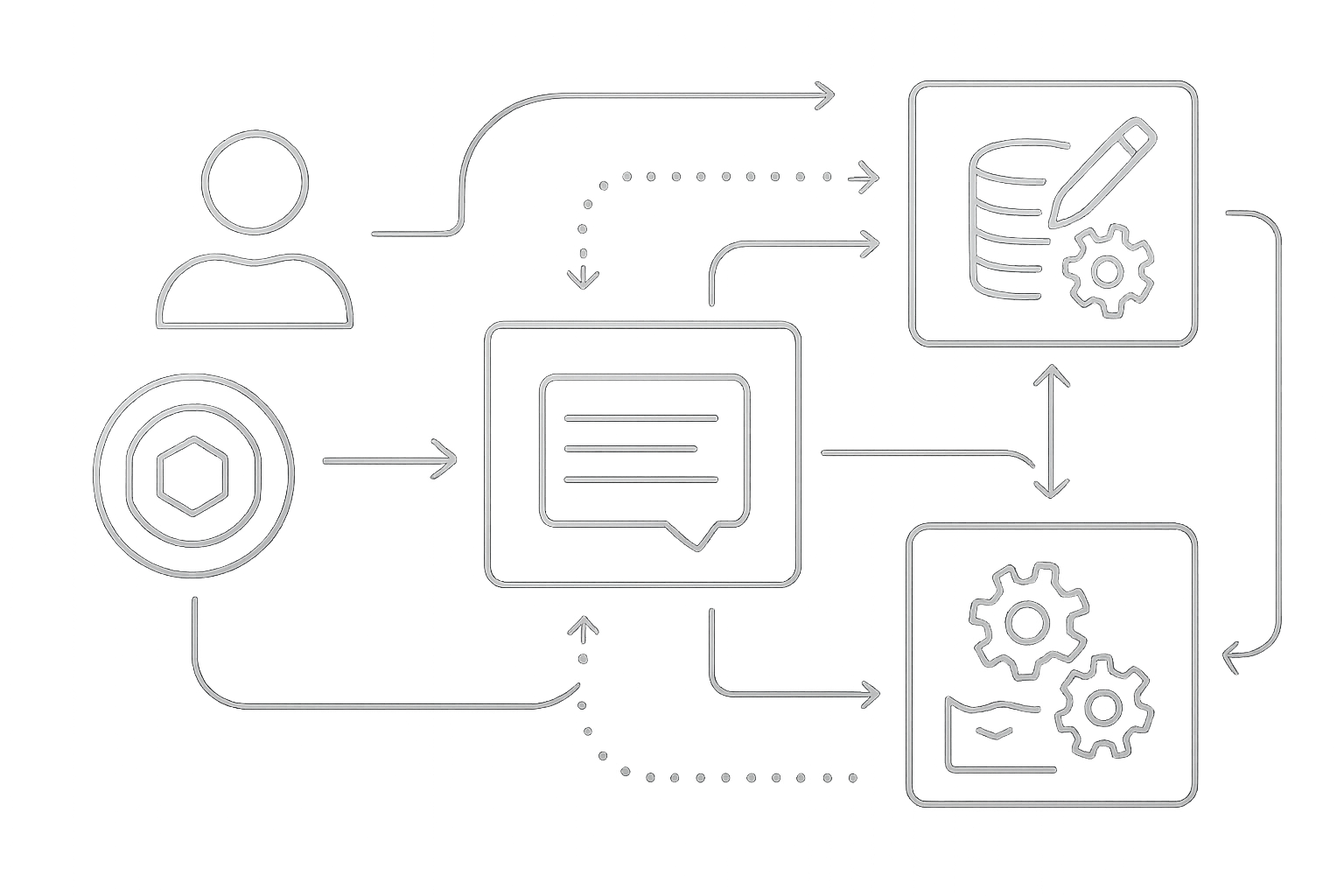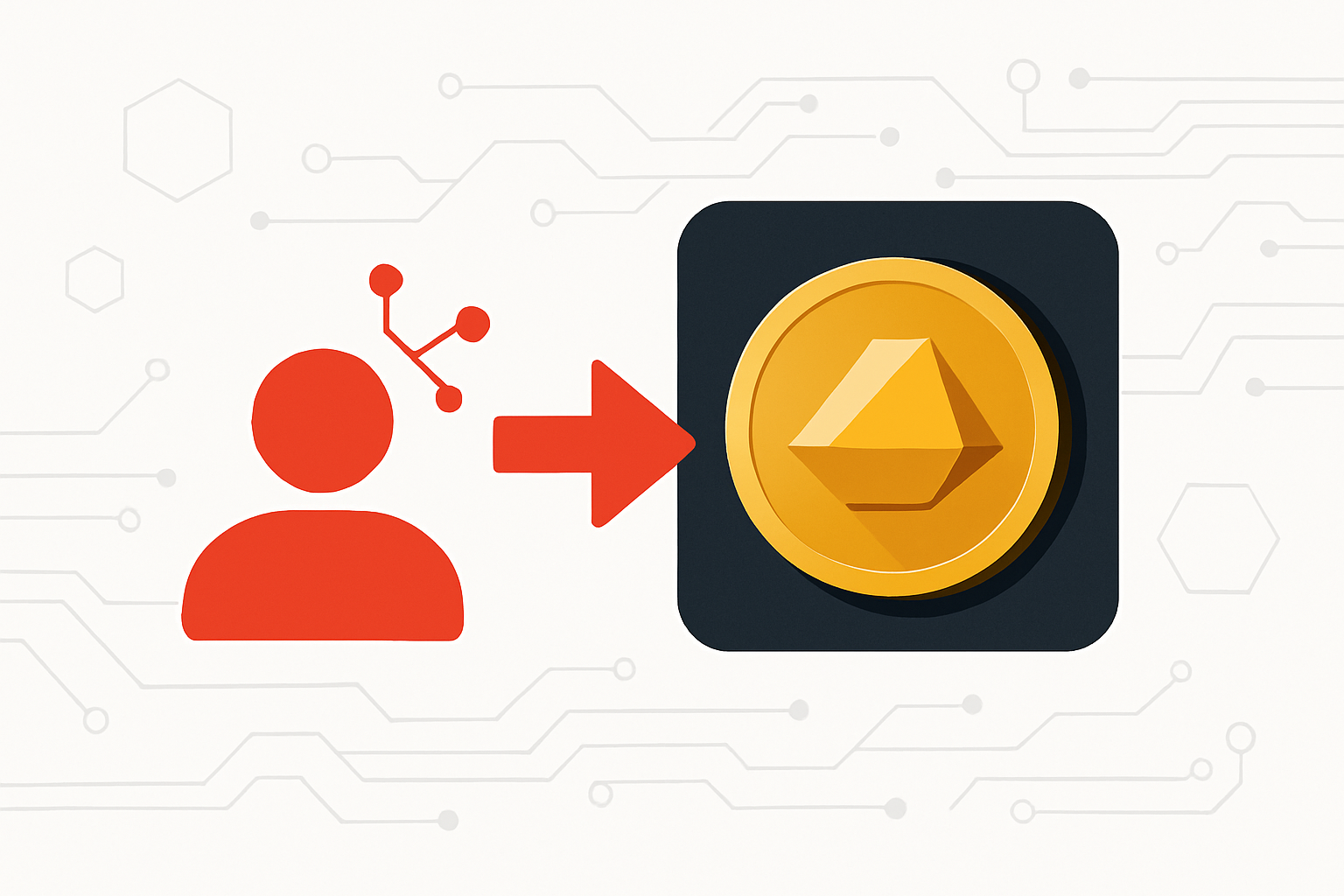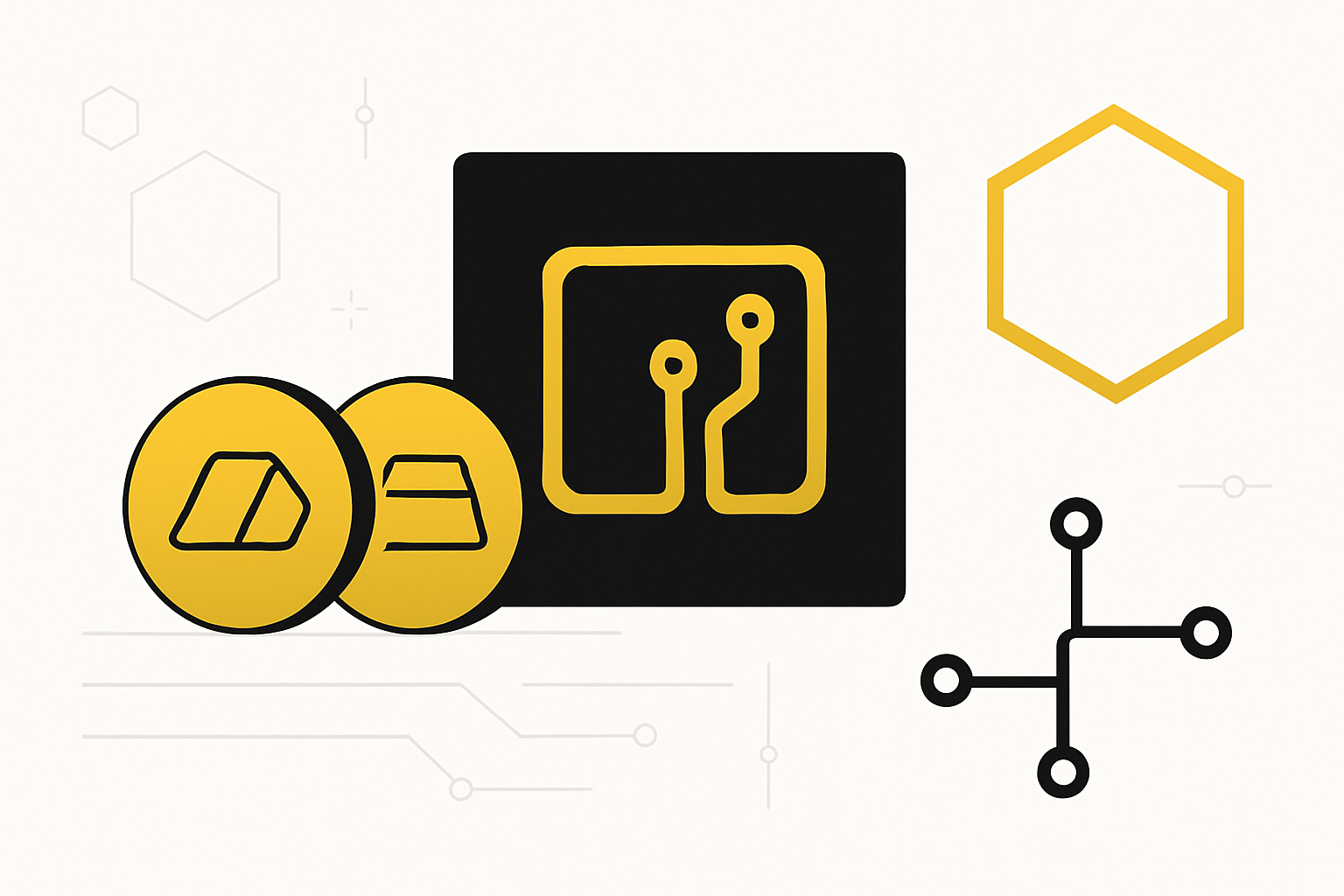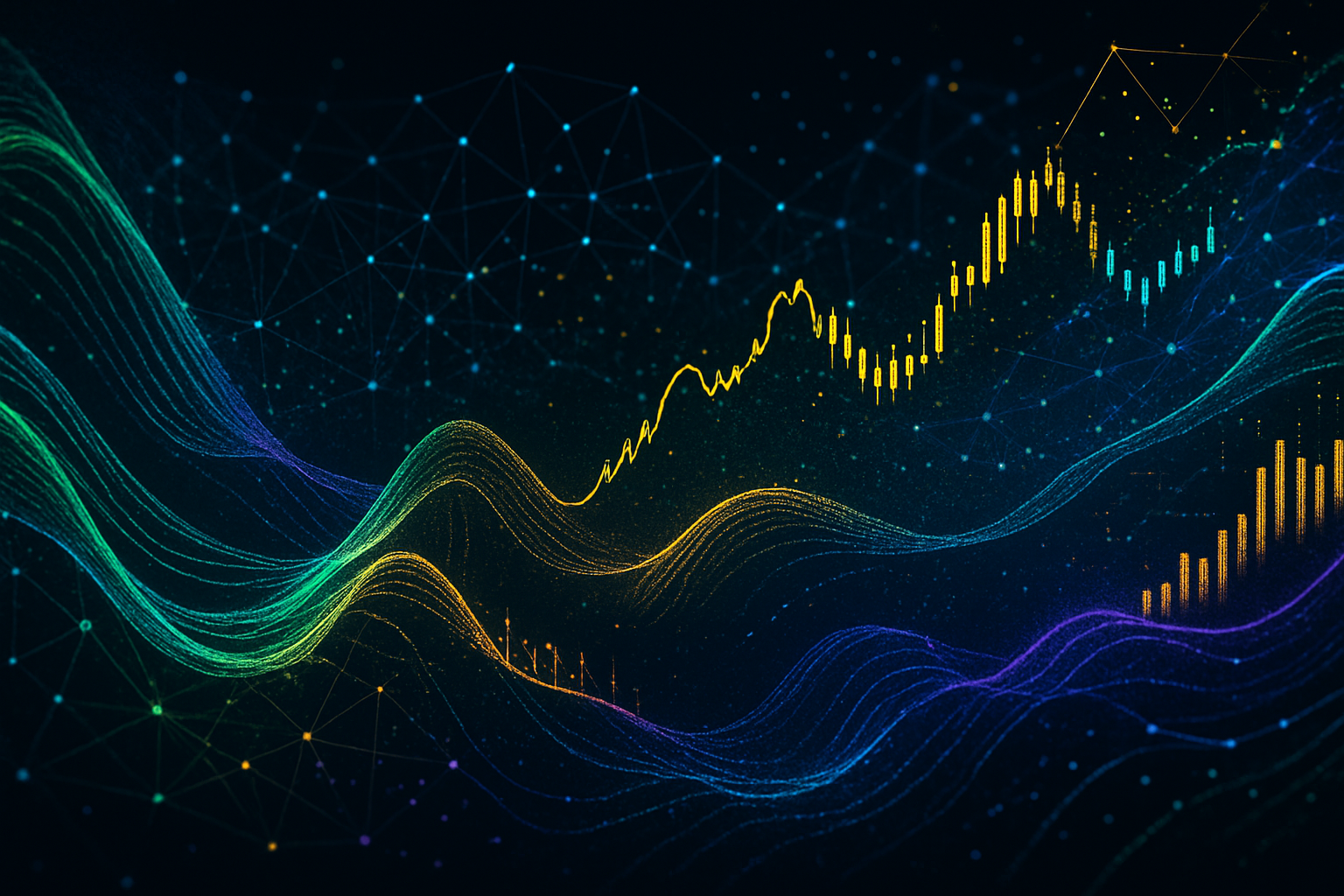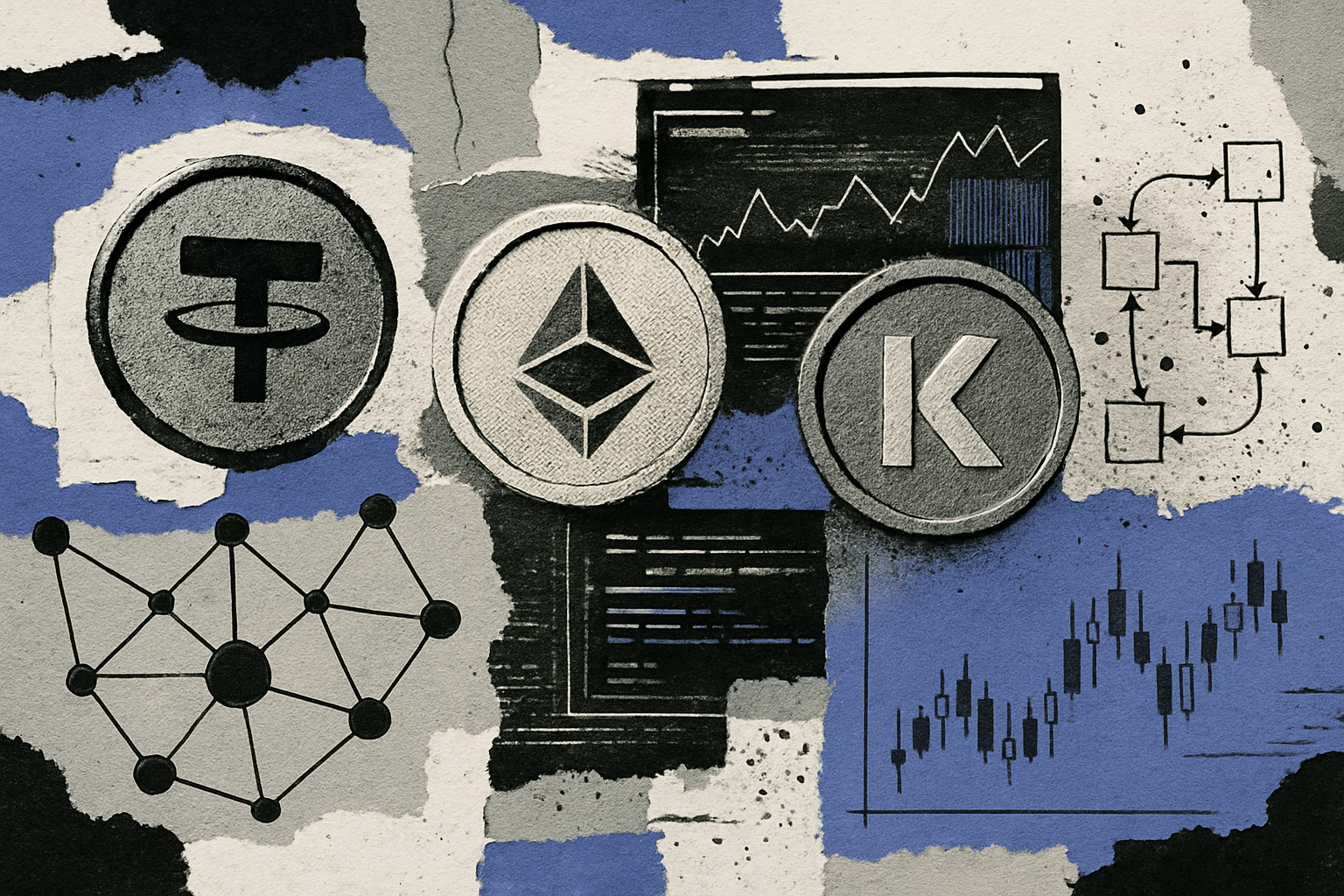How Tokenized Gold is Changing the Game: Real Yields, 24/7 Trading, and DeFi Integration
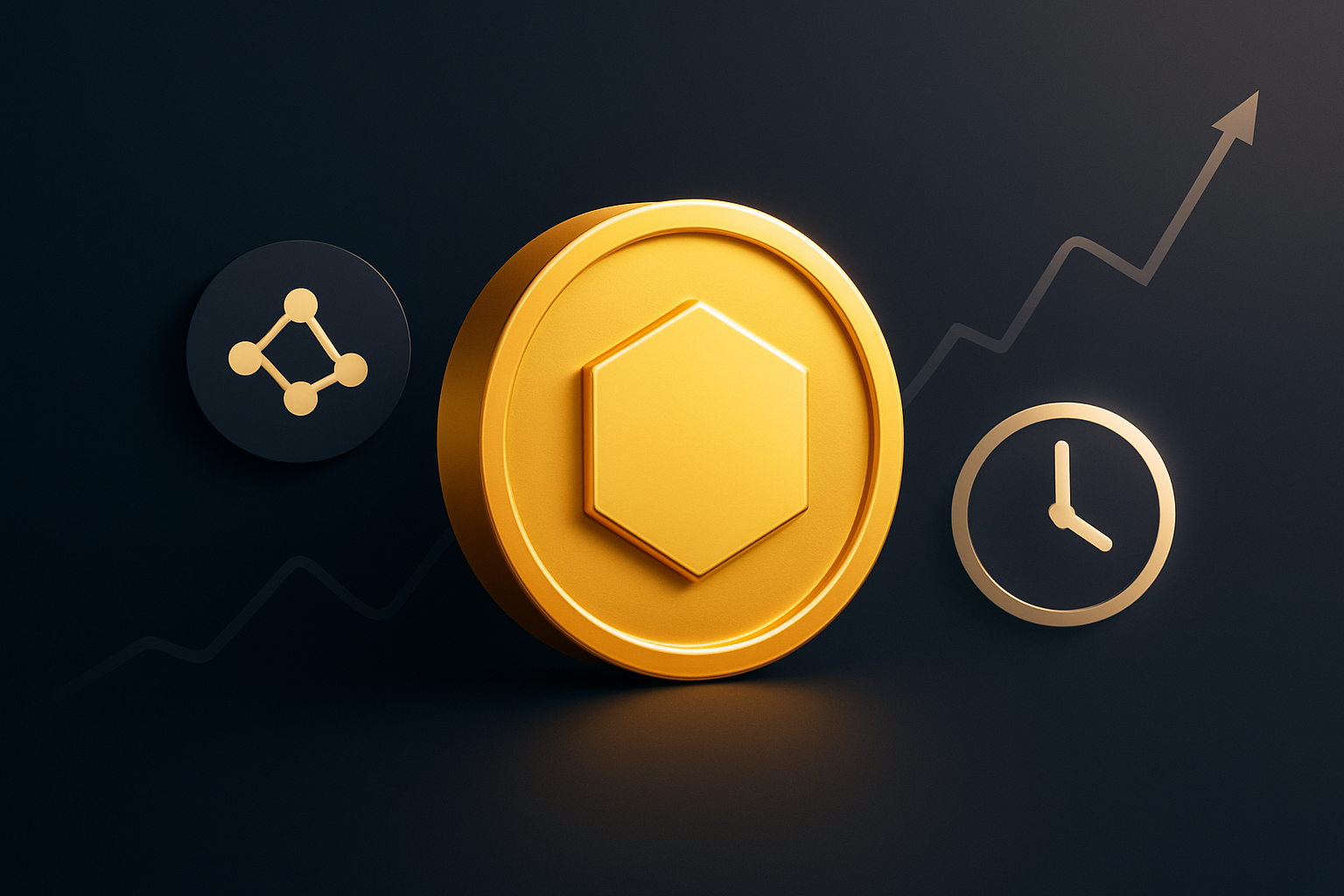
Gold has always been a safe haven for investors, but the way we access and use gold is undergoing a seismic shift. Tokenized gold is breaking down barriers that have historically limited gold investing to business hours, large minimums, and illiquid markets. Now, thanks to blockchain and decentralized finance (DeFi), anyone can trade digital gold assets 24/7, earn real yields, and tap into global liquidity, all without ever touching a physical bar.

What Is Tokenized Gold? The New Digital Standard
At its core, tokenized gold represents ownership of physical gold on the blockchain. Each digital token is backed by actual reserves stored in secure vaults, think of it as a digital receipt with the full weight of real metal behind it. Unlike traditional gold ETFs or warehouse receipts, these gold-backed tokens offer true onchain transparency and instant settlement.
This innovation means investors can buy fractions of a gold bar just as easily as they’d buy Bitcoin or Ethereum. Leading projects like Tether Gold (XAUT) and Paxos Gold (PAXG) have helped the market reach a capitalization of $2.57 billion as of September 2025 (source). The days of waiting for bank wires or dealing with paperwork are over, blockchain gold trading is always open.
The Power of 24/7 Trading and Enhanced Liquidity
The round-the-clock nature of tokenized commodities is more than just a convenience, it’s a game-changer for both retail and institutional investors. Unlike legacy markets that close on weekends or holidays, tokenized gold trades 24/7 on both centralized and decentralized exchanges. This means you can react immediately to macroeconomic news, geopolitical shocks, or sudden shifts in demand for safe-haven assets.
This continuous trading window drives far higher liquidity than conventional platforms. In fact, trading volumes for tokenized gold hit $19 billion by September 2025 (source). Settlements are near-instant, no more waiting days to convert your position or worrying about business hours in another time zone.
Real Yields: Turning Passive Gold Into an Active Asset
The most revolutionary aspect? Tokenized gold isn’t just for holding anymore, it’s now an income-generating asset.
Traditionally, owning physical or even paper-based gold meant sacrificing yield for safety. But through DeFi integration, holders can stake their Pooled Gold Interests, provide liquidity in automated market makers (AMMs) like Uniswap, or use their tokens as collateral for loans, all while still benefiting from the stability of underlying metal reserves.
- PAXG/USDC Pools: Provide liquidity and earn fees from swaps between tokenized gold and stablecoins (see example here)
- Lending Platforms: Use onchain gold as collateral to borrow other crypto assets without selling your position
- Staking and Yield Farming: Participate in protocols that reward users with additional tokens for locking up their digital gold assets
Top Advantages of Tokenized Gold in DeFi
-

Real Yields via DeFi Integration: Unlike traditional gold, tokenized gold can be deployed in DeFi protocols to generate real returns. For example, Paxos Gold (PAXG) holders can earn trading fees by providing liquidity in pools like Uniswap, unlocking passive income opportunities.
-

24/7 Trading & Enhanced Liquidity: Tokenized gold assets such as Tether Gold (XAUT) and PAXG are tradable around the clock on major digital exchanges, unlike physical gold which is bound by market hours. This ensures investors can react instantly to global events and enjoy faster settlements.
-

Integration with Retirement Accounts: In September 2025, SmartGold and Chintai Nexus enabled U.S. investors to tokenize $1.6 billion in IRA-held gold. This allows gold to be used as DeFi collateral while maintaining tax advantages, combining traditional security with modern flexibility.
-

Institutional Adoption & Market Growth: By September 2025, the tokenized gold market reached a capitalization of $2.57 billion, with over 30% of institutions using these assets for DeFi lending. Platforms like PAXG and XAUT have seen trading volumes surge to $19 billion, reflecting growing trust and utility.
This move toward active yield strategies is attracting both crypto-natives looking for stability and traditional investors seeking new sources of return without leaving the safety net that physical bullion provides.
Meanwhile, the ability to earn real yields with gold-backed tokens is driving a surge in adoption among institutions and individuals alike. Over 30% of institutional investors now utilize tokenized gold in DeFi lending protocols, leveraging the stability of gold while capturing additional returns through decentralized markets (source). This marks a fundamental shift from passive storage to active wealth generation, without increasing exposure to the volatility common in other crypto assets.
Retirement Accounts and Tokenized Gold: The New Frontier
The integration of tokenized gold into retirement portfolios is another major leap forward. In September 2025, SmartGold and Chintai Nexus made headlines by tokenizing $1.6 billion in IRA-held gold assets for U. S. investors (source). This partnership allows Americans to convert their physical IRA gold into digital tokens, unlocking liquidity, enabling yield strategies, and maintaining all-important tax advantages.
Imagine borrowing against your IRA gold or staking it for yield without ever selling your underlying asset. These options simply didn’t exist before onchain gold, now they’re part of a growing toolkit for long-term savers who want both security and flexibility.
Security, Transparency and Global Access
Security is always top-of-mind when it comes to digital assets, but with tokenized commodities like PAXG or XAUT, each token is fully backed by allocated physical bullion stored in audited vaults. Blockchain’s transparent ledger ensures that every transaction can be verified in real time, no more trust gaps between buyers, sellers, or custodians.
Fractionalization means you don’t need to buy a whole bar; you can start with as little as one-thousandth of an ounce. This opens doors for new demographics across emerging markets who were previously locked out by high minimums or geographic barriers. Onchain gold has truly become a universal asset class.
What’s Next for Gold Yield Staking and DeFi?
Looking forward, the intersection of gold DeFi, real-world asset (RWA) protocols, and regulatory clarity will shape how far this market can go. As more platforms roll out innovative products, from yield-generating vaults to composable lending markets, the utility of digital gold is set to expand well beyond simple buy-and-hold strategies.
We’re already seeing experiments with cross-chain interoperability, pooled insurance funds, and even NFT representations of unique bullion bars. As these models mature, expect even broader participation from pension funds, sovereign wealth managers, and retail investors seeking stability in turbulent times.
Final Thoughts: The Gold247 Era Is Here
The rise of tokenized commodities isn’t just another crypto trend, it’s a structural change in how we access one of history’s most trusted stores of value. With $2.57 billion already circulating in blockchain-backed gold assets as of September 2025, and trading volumes hitting $19 billion: the momentum speaks for itself.
If you’re seeking diversification without sacrificing liquidity or yield potential, exploring onchain gold could be your next strategic move. The future of precious metals investing is digital, and it’s open 24/7.


